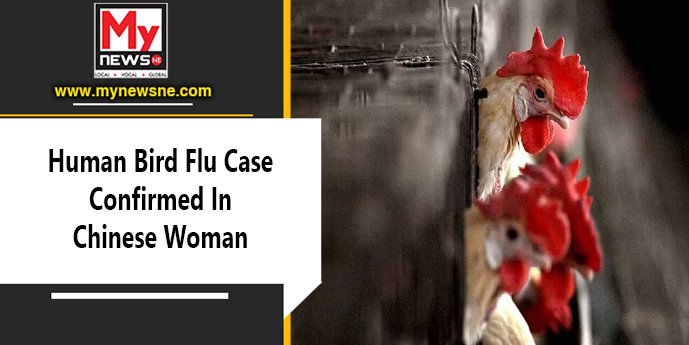WHO confirms Another Human Bird Flu Case
Guwahati: One human case of bird flu has been identified in a Chinese woman, which has been confirmed by the World Health Organization (WHO).
According to Daniel Epstein from the WHO’s press media team, the patient is a 53-year-old woman from Jiangsu province who has a history of interaction with chickens. The woman’s symptoms started on January 31 and she was admitted to the hospital on February 4.
This whole scenario started when an 11-year-old Cambodian girl passed away from the avian influenza A (H5N1) virus. According to a recent report by the WHO, 11 of her close contacts have tested negative while her infected father is still being treated in isolation at a hospital.
Dr Sylvie Briand, director of epidemic and pandemic preparedness and prevention at the WHO said, “Genomic sequencing showed that she was infected with H5N1 clade 2.3.4.4b, which is widely circulating in birds at the moment.”
Moreover, she added, “Since 2020, an increased number of avian influenza outbreaks have been reported in wild birds and poultry globally, and we can expect additional sporadic human cases.”
In total, 873 human cases of influenza A (H5N1) infection and 458 fatalities have been documented globally from 21 countries between 2003 and 2023, according to the WHO.
According to the WHO, the current bird flu viruses do not appear to have developed the capacity for sustained transmission among humans. This conclusion is supported by epidemiological and viral data.
The government has also advised travellers to stay away from wet markets, farms, and other locations where animals are slaughtered in order to prevent the chance of a human bird flu outbreak. After a woman passed away from the virus in November in the southern region of Guangxi, there has now been another H5N1 case in China. Two other avian influenza strains, H5N6 and H9N2, have also been discovered in the nation this week, according to media sources.
The two cases of H5N1 are the first ones to be noted in Cambodia since 2014. For the first time ever, a wild bird epidemic of Highly Pathogenic Avian Influenza (HPAI) H5N1 was observed in Cambodia in December 2003. From then and up until 2014, intermittent reports of human cases in Cambodia linked to poultry-to-human transmission have been made.

